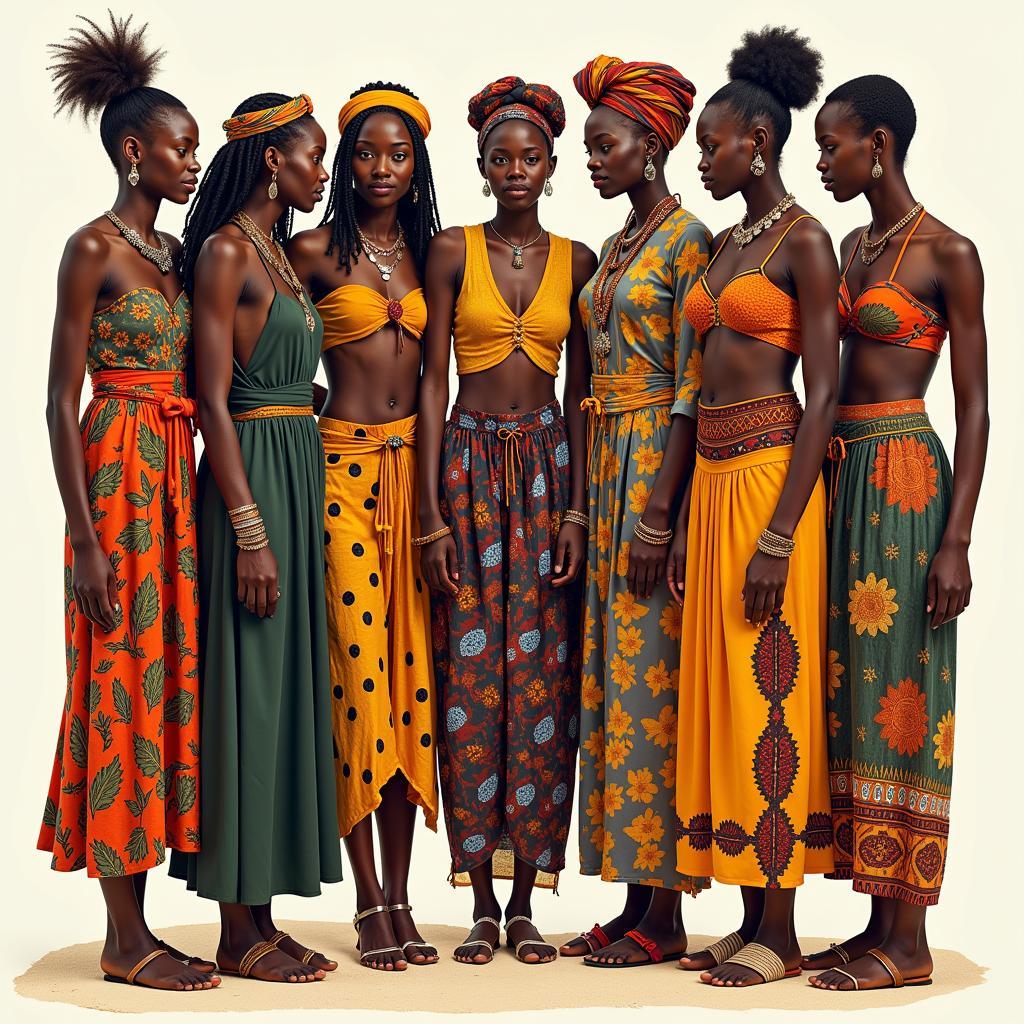Exploring the Rich World of African American Photography
African American Photography is a powerful lens through which we can understand the diverse experiences, struggles, and triumphs of African Americans throughout history. From early portraiture to contemporary art, this vibrant field showcases the beauty, resilience, and cultural richness of a community. This article will delve into the historical context, influential figures, and evolving trends within African American photography, providing a comprehensive overview of its significance.
Photography has always been more than just capturing a moment; it’s about storytelling. And for African Americans, it has served as a crucial tool for self-representation, challenging stereotypes, and reclaiming narratives. It allowed them to control how their image was presented to the world, counteracting the often distorted portrayals perpetuated by mainstream media. Early studios run by Black photographers became havens, spaces where individuals could see themselves reflected with dignity and respect. This was especially important during times of segregation and social injustice, when photography became a powerful form of activism and resistance.
The Pioneers: Shaping the Image of a Community
The late 19th and early 20th centuries saw the emergence of pioneering Black photographers like James VanDerZee and Gordon Parks. These individuals not only documented everyday life within their communities but also created iconic images that challenged prevailing societal norms. VanDerZee’s studio portraits of Harlem residents captured the vibrancy and elegance of the Harlem Renaissance, offering a glimpse into a thriving cultural hub. Parks, known for his work with Life magazine and his powerful photo essays on poverty and social injustice, brought the realities of African American life to a wider audience.
After this early period of development, African American photography continued to evolve, embracing new styles and technologies. The Civil Rights movement provided a powerful impetus for photographers to document the struggle for equality, capturing both the brutality of oppression and the resilience of activists.
You might be interested in checking out african american wedding photography.
Contemporary Voices: Expanding the Narrative
A New Generation of Storytellers
Today, a new generation of African American photographers is pushing boundaries and exploring diverse themes, from identity and representation to the complexities of the Black experience in the 21st century. Artists like Carrie Mae Weems, known for her staged self-portraits that explore issues of race, gender, and class, and LaToya Ruby Frazier, whose work focuses on the social and environmental impact of deindustrialization on Black communities, are redefining what it means to be a Black photographer.
These artists are not only creating stunning visual art but are also using their platforms to advocate for social change and amplify marginalized voices. Through their work, they challenge viewers to confront difficult truths and engage in meaningful dialogue about race and representation. They also inspire future generations of Black photographers to pick up a camera and tell their own stories.
You might find these african background pictures helpful.
The Impact of Digital Technology
The rise of digital technology has democratized photography, making it more accessible than ever before. This has had a profound impact on African American photography, allowing more voices to be heard and more stories to be shared. Social media platforms have become vital spaces for Black photographers to connect, showcase their work, and build community. This has led to a flourishing of creativity and a renewed focus on the power of visual storytelling.
“The ability to share images instantly has created a sense of immediacy and urgency,” says Dr. Anika Johnson, a leading scholar of African American visual culture. “It allows photographers to respond to current events and engage with their audiences in real time.” This has been particularly important in recent years, as social media has played a crucial role in documenting and disseminating information about movements for racial justice.
FAQ: Common Questions about African American Photography
-
What are some key themes explored in African American photography? Identity, representation, social justice, family, community, and the Black experience in America are some recurring themes.
-
Who are some influential figures in the history of African American photography? James VanDerZee, Gordon Parks, Carrie Mae Weems, and LaToya Ruby Frazier are just a few of the many important figures.
-
How has technology impacted African American photography? Digital technology has democratized photography, making it more accessible and enabling greater reach through social media.
Further Exploration
For those interested in exploring specific genres within African American photography, we recommend visiting these pages: african american boudoir photography and african american museum tour. You can also find beautiful examples of african hairstyles for girls.
Conclusion
African American photography is a vibrant and evolving art form that continues to shape our understanding of history, culture, and the human experience. From the early pioneers who paved the way to the contemporary artists pushing boundaries, African American photographers have played a crucial role in documenting and shaping the narrative of the Black experience. Their powerful images challenge us to see the world differently and inspire us to work towards a more just and equitable future. Through its powerful imagery and diverse narratives, African American photography offers a profound insight into the complexities of identity, resilience, and the ongoing pursuit of social justice.
When you need assistance, please contact us at Phone Number: +255768904061, Email: [email protected], or visit our address: Mbarali DC Mawindi, Kangaga, Tanzania. We have a 24/7 customer service team.

